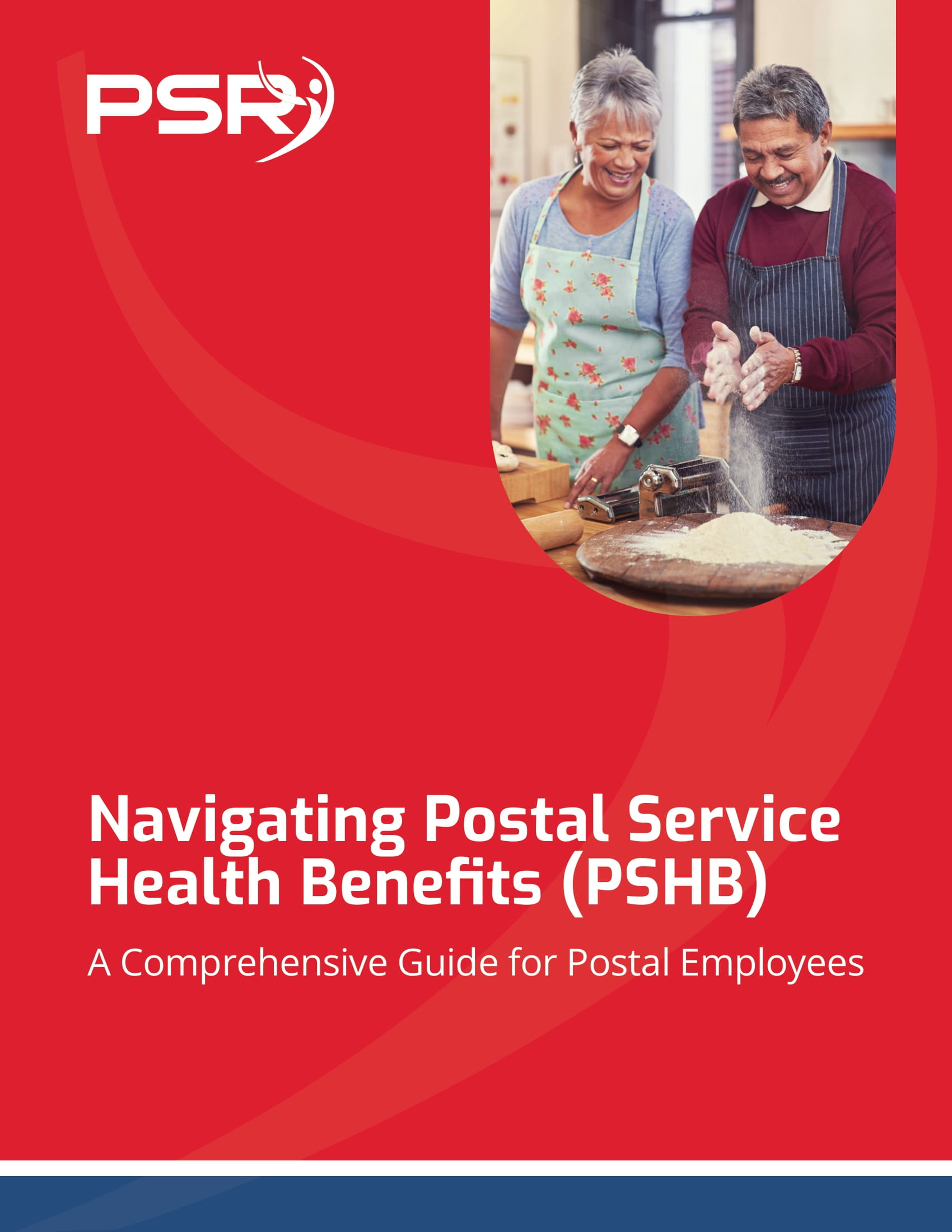Key Takeaways
- Divorcing a federal employee can complicate matters, especially when it comes to pensions. Federal pensions under FERS or CSRS may be subject to division, but it requires strategic legal planning.
- Don’t underestimate the power of a court order—without a proper court ruling, claiming a portion of your ex-spouse’s federal pension might be out of reach.
Federal Pensions: Not Just a Financial Asset, But a Legal Battleground
- Also Read: Your Next Federal Pay Raise Might Come With a Tradeoff—Here’s What to Watch
- Also Read: How to Make the Most of Your FEDVIP Plan Without Paying for Extras You Don’t Need
- Also Read: Dropping FEGLI Too Early Could Leave Your Family Exposed—Here’s a Safer Option
You’ll need more than a general understanding of retirement benefits to navigate this. The federal pension system comes with its own set of rules, timelines, and legal processes that can turn an amicable divorce into a drawn-out legal struggle. Here’s why.
The Court Order Is Your Golden Ticket
The first thing to understand is that you can’t simply claim a portion of your ex-spouse’s pension without a court order—specifically, a COAP (Court Order Acceptable for Processing). Without this legal document, the Office of Personnel Management (OPM), which administers federal pensions, won’t even consider making pension payments to the non-federal spouse.
A COAP works similarly to a QDRO (Qualified Domestic Relations Order) in private sector pensions, but with its own federal twist. The language in this order must be precise and follow strict federal guidelines. If the court order isn’t in the exact format OPM requires, you could be waiting a long time—or worse, you might not receive any of the pension at all.
FERS vs. CSRS: What You Need to Know
Federal pensions fall into two categories: FERS and CSRS. Each comes with different rules, benefit structures, and timelines. FERS is the newer system, covering employees hired after 1987, while CSRS is the older system, covering those hired before 1984.
With FERS, the pension is usually smaller since it’s supplemented by Social Security and the Thrift Savings Plan (TSP), a federal version of a 401(k). On the other hand, CSRS offers a more robust pension but doesn’t come with Social Security benefits. The good news? A COAP can split both FERS and CSRS pensions, but how it’s divided depends on various factors like the length of the marriage and how much of that time overlapped with the employee’s federal service.
Timing Matters: Understanding the 10/5 Rule
Dividing a federal pension isn’t just about getting your share—it’s about when you can get it. Under federal law, the 10/5 rule comes into play. This rule stipulates that if the marriage lasted at least ten years and five of those years overlapped with the employee’s federal service, the former spouse becomes eligible to receive pension benefits directly from OPM.
This rule can be a game-changer. If the marriage doesn’t meet the 10/5 threshold, the federal employee may still owe a portion of the pension to the ex-spouse, but it won’t come directly from OPM. This could mean relying on your ex to make payments, which might not be ideal in a less-than-amicable divorce.
Survivor Benefits: Don’t Forget About the Future
It’s important to address survivor benefits in the divorce decree. Federal pensions don’t automatically offer these benefits to ex-spouses—you’ll need to ensure they’re explicitly stated in the court order. Survivor benefits allow the ex-spouse to continue receiving pension payments after the federal employee passes away, which can be a critical financial lifeline.
Failing to secure survivor benefits in your court order could result in a significant loss of income down the road. And once the divorce is finalized, it’s nearly impossible to go back and add these provisions.
The TSP: Another Piece of the Puzzle
Federal employees typically have access to the Thrift Savings Plan (TSP), the government’s version of a 401(k). This account is also subject to division in a divorce, but it operates separately from the pension. Like pensions, dividing a TSP requires a court order, specifically a “Retirement Benefits Court Order.”
The TSP has its own set of rules for division, and unlike federal pensions, the funds can usually be rolled over into an IRA for the non-federal spouse without triggering taxes. However, timing is crucial here, as accessing funds before age 59½ may lead to penalties unless you’re careful about how the funds are distributed.
Health Benefits: The Hidden Factor
Divorce doesn’t just affect pensions—it can also impact federal health benefits, particularly FEHB (Federal Employees Health Benefits). If the ex-spouse qualifies for a share of the federal employee’s pension, they may also be eligible to continue receiving health benefits under the FEHB program. However, this isn’t automatic and must be clearly outlined in the divorce decree.
For those who don’t meet the eligibility criteria, options like temporary continuation of coverage (TCC) exist, but they come with significant cost increases. This is another area where meticulous legal planning is essential to avoid losing valuable benefits.
Cost-of-Living Adjustments: Keeping Pace with Inflation
Federal pensions, especially under CSRS, come with built-in cost-of-living adjustments (COLAs) to help pensions keep pace with inflation. These COLAs can significantly impact the value of the pension over time. When a pension is divided in a divorce, it’s critical to specify whether or not the ex-spouse will receive a portion of the COLAs. Failing to account for COLAs can lead to financial disputes years down the road.
Navigating the Legal Maze: Why Expertise Is Crucial
Handling the division of a federal pension isn’t a do-it-yourself project. Between the complexities of COAPs, survivor benefits, and the intricacies of FERS and CSRS, you’ll want an attorney well-versed in federal retirement law. A misstep here could cost you years of benefits or leave you locked in a legal struggle long after the divorce is finalized.
Moreover, federal pensions are protected under federal law, which means state courts may not have the final say on how these pensions are divided. Understanding how federal and state laws interact is critical to ensuring a fair outcome.
Protecting Your Financial Future: It’s Worth the Fight
Divorcing a federal employee may feel like wading through a sea of complex legalities, but don’t be disheartened. Understanding your rights to a portion of their pension and making sure everything is handled legally can protect your financial future. Whether it’s through pension payments, TSP allocations, or health benefits, there’s a lot on the line—so make sure you’re fully informed and prepared for what lies ahead.
Safeguarding Pension Rights During Divorce
Navigating a divorce when federal pensions are involved requires meticulous attention to detail, especially when it comes to legal documentation and benefit divisions. Without a proper court order, you could miss out on what might be your rightful share of the pension. This isn’t just about a lump-sum payout; it’s about securing long-term financial stability.












